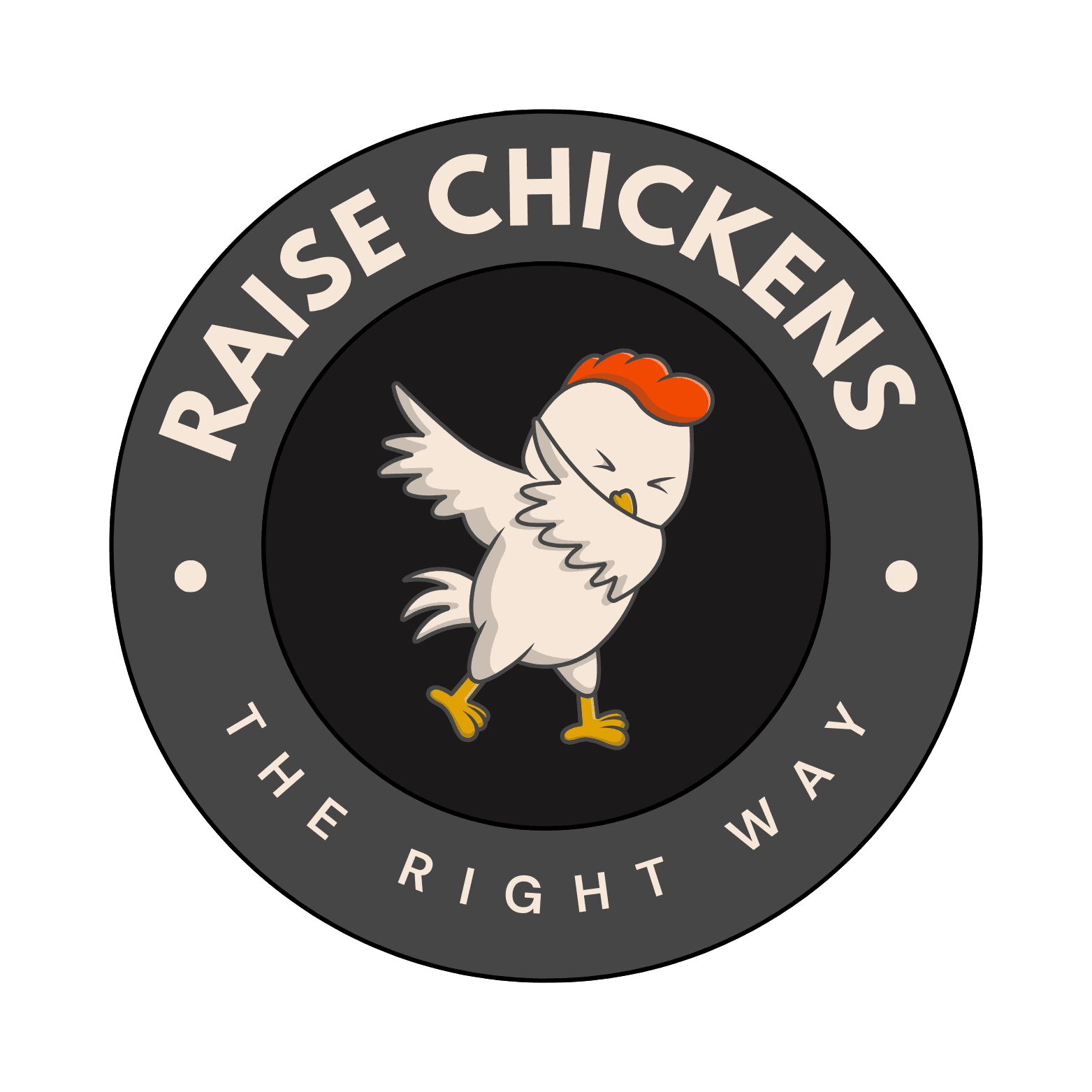Can Chickens Eat Coconut? A Comprehensive Guide for Backyard Flock Owners
As someone who’s raised chickens for over a decade, I’m often asked about feeding coconut to chickens. Today, I’ll share everything you need to know about this tropical treat and whether it’s safe for your feathered friends. I’ve experimented with various feeds over the years, and coconut has become an interesting addition to my chickens’ diet.
Is Coconut Safe for Chickens?
Let me put your mind at ease right away – yes, chickens can safely eat coconut! In fact, it’s not just safe but can be quite beneficial when offered as part of a balanced diet. I’ve found that most chickens are naturally curious about this tropical treat, and many absolutely love it.
Nutritional Benefits of Coconut for Chickens
Let’s break down what makes coconut such a valuable treat for your flock. From my experience, the nutritional profile of coconut is quite impressive. It contains:
The Best Ways to Feed Coconut to Chickens
Through trial and error, I’ve discovered several effective ways to offer coconut to chickens. Fresh coconut meat can be served in small chunks, while dried coconut should be offered sparingly. I’ve found that mixing shredded coconut into their regular feed provides an excellent treat that encourages natural foraging behavior.
Common Misconceptions About Feeding Coconut
Let me clear up some confusion I often hear from fellow chicken keepers. The biggest myth is that coconut’s high fat content makes it completely off-limits. While it’s true that coconut is rich in fat, when offered in moderation, it can be a healthy addition to their diet. I’ve seen firsthand how the healthy fats can contribute to shinier feathers and better egg quality.
Health Considerations and Moderation
Here’s what I’ve learned about serving sizes through my years of experience with chickens:
Forms of Coconut Safe for Chickens
I’ve successfully fed my chickens various forms of coconut. Fresh coconut meat is excellent, but dried coconut, coconut oil, and even coconut water can be offered occasionally. I’ve noticed that most chickens prefer fresh coconut meat over other forms, but each flock is different.
Signs Your Chickens Are Enjoying Coconut
When I introduce coconut to my flock, I look for positive signs of acceptance. Eager pecking, increased activity, and content clucking are all good indicators. If your chickens seem uninterested, don’t worry – just like humans, they have individual preferences.
Potential Risks and What to Watch For
While coconut is generally safe, I always remind fellow chicken keepers to watch for any adverse reactions. In my experience, the biggest risk comes from overfeeding. Too much coconut can lead to loose droppings due to its high fat content. I’ve learned to monitor my flock’s behavior and adjust portions accordingly.
Incorporating Coconut into a Balanced Diet
Remember, coconut should be a treat, not a primary food source. I make sure my chickens’ main diet consists of quality layer feed, with coconut making up no more than 10% of their daily intake. This approach has worked well for maintaining both their health an
